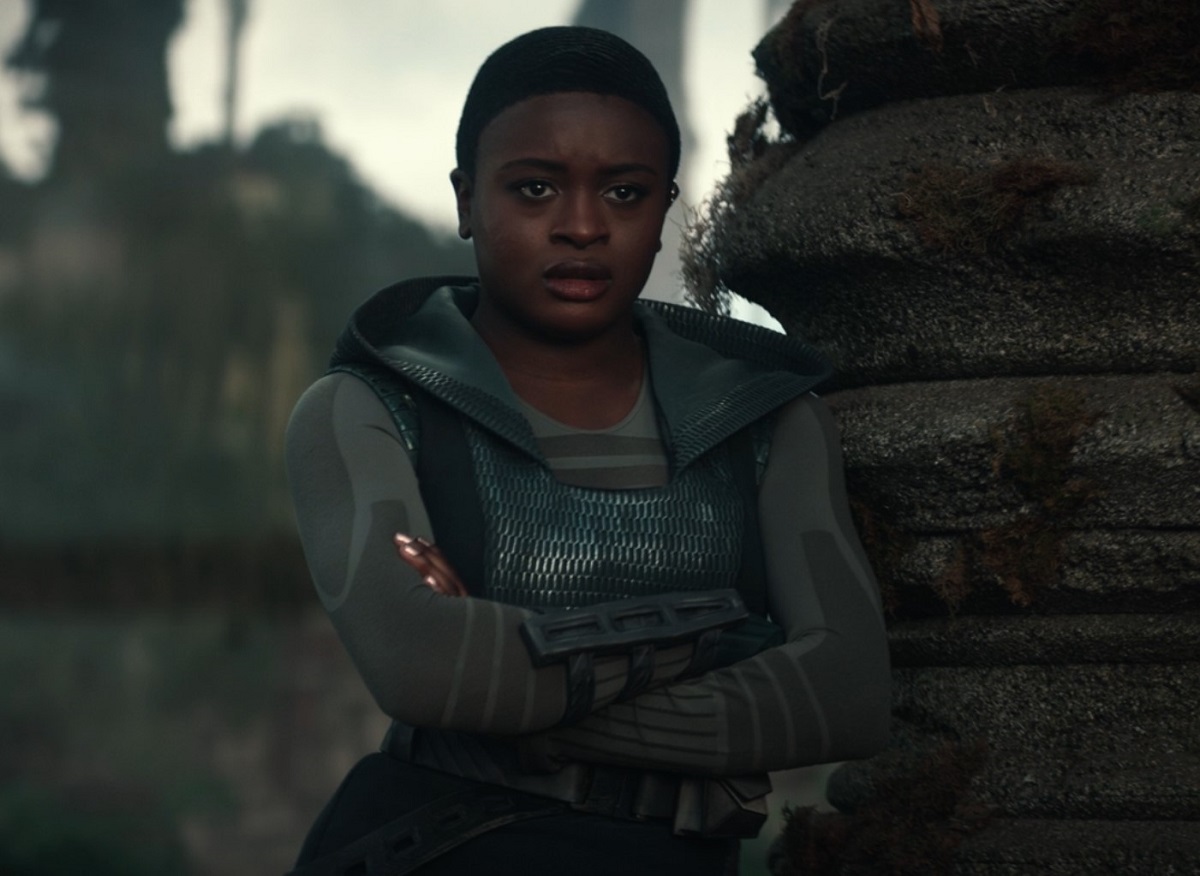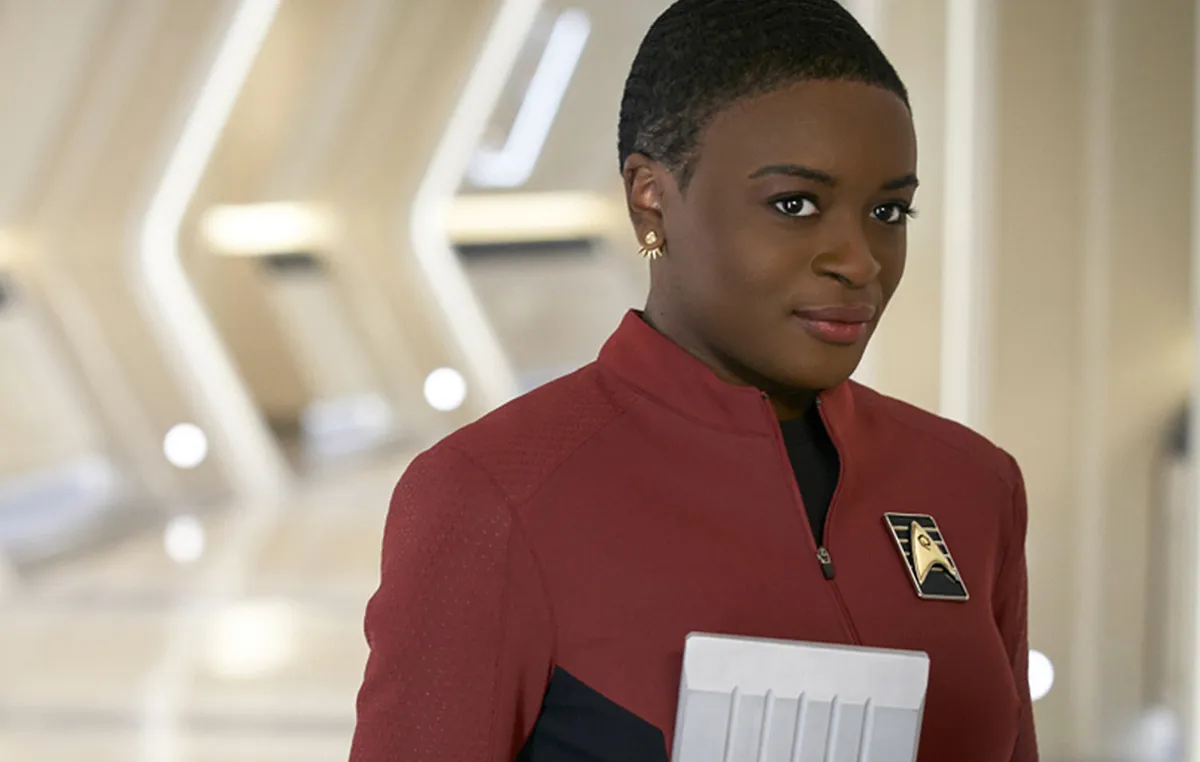Lt. Nyota Uhura was the communications officer on the bridge of the Enterprise in the original Star Trek series. Confident, willing to do whatever it took for the crew, and a friend to Captain James T. Kirk, Nichelle Nichols’ take on Uhura was the blueprint. As Star Trek has continued to tell stories with Uhura, she has evolved, and seeing her growth in Strange New Worlds is a joy to watch.
Played beautifully by Celia Rose Gooding, we first meet Uhura as a cadet on the Enterprise under Captain Pike (Anson Mount). She isn’t even sure if she should be in Starfleet, she second guesses herself, and she’s not exactly the pinnacle of strength we know her to be from the original series. That is why she is so compelling in Strange New Worlds, though. We have an idea of who Uhura is, but we’ve never seen how she became the pillar of strength that the Enterprise needs.
From the start of season 2, Uhura is more assured of her herself and she’s gaining the air of confidence that Nichols’ Uhura had in the original series. What’s so fascinating about her is that she is constantly growing and changing, and it’s something that benefits the series. We’re meeting these characters at a different place in their timeline, and seeing how Uhura functions on the Enterprise with Pike as her captain prior to her relationship with Kirk has proven to be a brilliant move.
Mainly because we get to see Uhura evolve as she needs to in order to become the best Starfleet officer. Strange New Worlds allows her to grow in her own time, without forcing the issue.
A new take on Uhura

Frankly, I don’t want the same Uhura from Star Trek‘s original series. I want a new take on her and I want to see how she grows into the Uhura we know, and that’s exactly what Gooding is doing with their performance. They’re letting Uhura breathe and come into her own. Strange New Worlds shows us a Uhura who makes mistakes and is a bit more adherent to the rules, giving us a side of her that we never had before. It’s so wonderful to see someone who is willing to learn and grow alongside her team.
Not that the original series’ Uhura wouldn’t, she just already had. We didn’t get to see this younger version and her journey. What’s great about Strange New Worlds is that we know where these characters will eventually end up together, and to see them first meeting each other and interacting with their roles in Starfleet is exciting. I hope that Gooding’s Uhura will continue to grow in her own way because what’s better than two versions of Uhura in the world of Star Trek? Three!
(featured image: Paramount+)










Published: Aug 18, 2023 12:19 pm